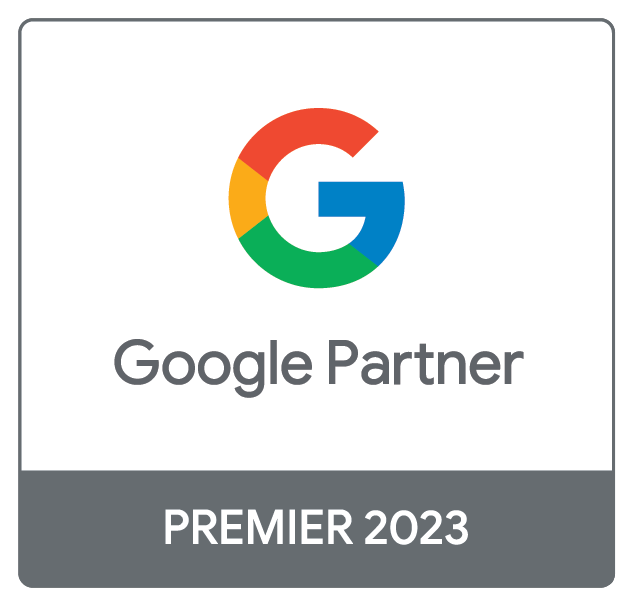Marketing
Discovery advertising
Attractive, personalized ads in Google's feeds

Google Discovery ads are visually appealing, personalized ads that appear in Google's feeds on the YouTube app, the Google app and the Gmail app. They are designed to reach target audiences at times when they are ready to discover new products and services.
The difference between Search ads & Discovery ads
At Google Search is all about direct user intent. To complement this, Google is coming up with the Discovery network. Instead of showing results in response to a search query, Discovery shows content based on relevant audiences and Google's artificial intelligence.
As a highly personalized feed, Discovery focuses on a user's interests and displays content that matches those interests. The content in Discovery is automatically refreshed as new content is published, but Discovery is designed to show all types of useful content from across the Web, not just newly published content.
Google is constantly improving Discovery to provide users with personalized and useful content. Given the random nature of Discovery, its traffic is less predictable compared to Search, and is considered complementary to Search traffic.
Discovery vs Display
The main difference between these ads is who they reach and where.
Discovery ads reach those whose behavior shows a high buying intention, these are determined by Google's algorithms. For example, they are great for e-commerce companies that want to recruit new consumers and introduce their target audience to their products and/or services.
Display ads, on the other hand, are not always designed to encourage this type of action. Moreover, display ads show up in the Google Display Network, while Discovery ads appear only on the Google feed and the Gmail network.
Good segmentation is key
Based on the online behavior of website visitors, you can easily distinguish different target groups. Below are the different target group possibilities within Google Ads.
Interest targeting is exactly what it sounds like - it allows you to show your ad to people who are interested in your products and services, or people who engage in activities related to your business. There are four categories of interest targeting that you can choose from:
- Affinity Audiences
This includes +80 different groups based on interests or hobbies, such as "sports fans," "car enthusiasts" or "gamers." You can choose to show your ads to one or more of these audiences.
- Custom Affinity Audiences
To further specialize your targeting, you can create your own custom audience using keywords.
If you create ads for your running shoe store, you can use keywords like "marathon training," "beginner runners" and "running tips." When you set up your custom audiences, your ads will be shown to people who visit websites that contain these keywords.
You can also add specific URLs that runners may visit, such as running.com or runnersworld.com, to target sites where you want to show your ad.
- In-Market Audiences
In-Market Audiences allow you to identify customers who are actively looking at products or services similar to yours. Using the same example, these could be customers who have added running shoes to their shopping cart while browsing a website, or customers who have visited numerous sites related to running shoes.
- Remarketing audiences
Remarketing audiences are audiences that can be built based on your own (website) data. For example, homepage visitors, shopping cart abandoners, or website visitors looking for information who have downloaded a white paper. You can also upload customer lists and use them to target your ads to the right people. You can use these lists for remarketing or for building similar audiences. Based on this audience segmentation, you can target your campaign and message.
The dreaded "Zalando effect"
Still, you have to watch out for the "Zalando effect." The danger is that remarketing quickly comes across as intrusive and so you create an aversion. And that's just what we don't want to achieve right? This is why we set a daily and weekly limit. A good guideline for this is 3x per day or 10x per week. In some cases, it can also be useful to remove existing customers from your remarketing list so you don't keep "harassing" them unnecessarily when they have already purchased your product.
Cedric T.
Team Lead Performance
"Do you want customers to discover your products on different networks in Google? Then discovery ads are the way to go."


Are you comfortable with a Discovery campaign like this?
We can take care of that! We are a Google Premier Partner and among the top 2% of Belgian agencies allowed to wear this badge. Digitong launches new campaigns every day. We're pretty good at it 😉 Our specialists will be happy to help you set up online advertising campaigns that achieve your goals.
We don't bite
Leave a message. Our experts will look at the possibilities for your business, without any obligation.
